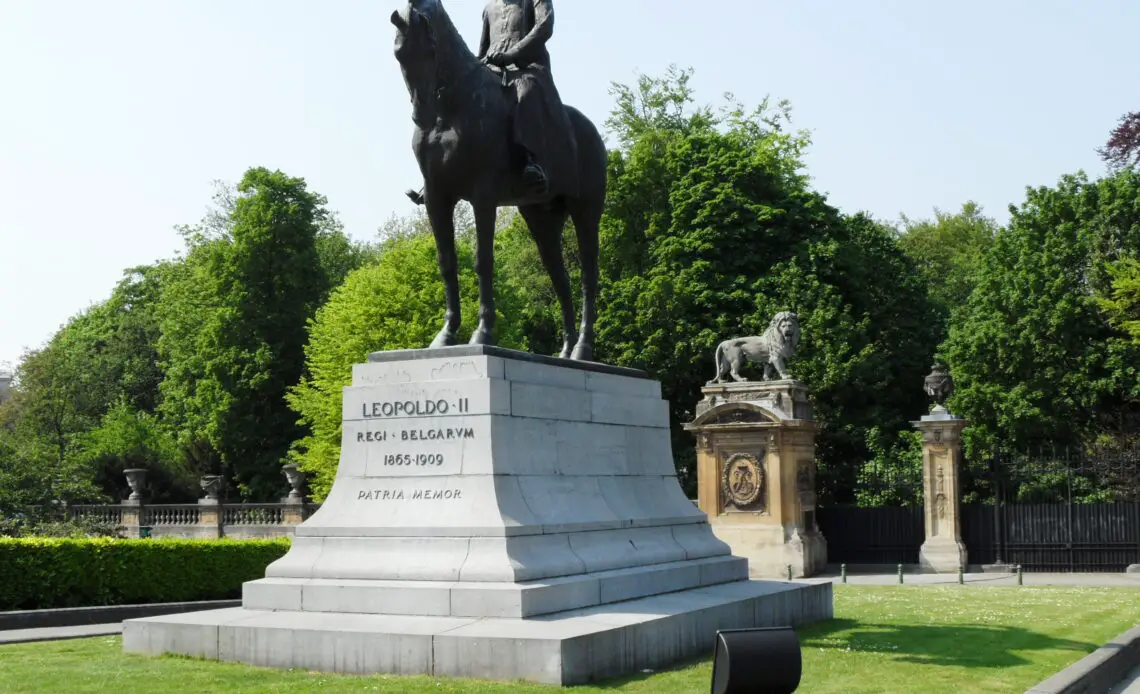
In Belgium, a report on decolonisation has recommended that a bronze statue of King Leopold II in Brussels be melted down or removed. This is only the newest in a continual call for controversial statues to be removed, including royal statues. But should these statues be removed and melted down?
In June and July 2021, a statue of Queen Victoria was torn down in Winnipeg, Manitoba, Canada, by protestors, beheaded, and covered in red handprints, symbolising Indigenous children who went missing and/or died at residential schools in Canada. The statue is still undergoing assessment to see if restoration work can be done. Should it be restored? Under Victoria’s reign, thousands of Indigenous children died in residential schools, and it is a stain on her rule in Canada.
Leopold II seized the Congo in 1885 to create the Congo Free State. He personally owned it and enslaved millions of people to mine rubber and ivory to build his personal wealth. Most of the Congolese population suffered from malnutrition and starvation. Anyone who attempted to stand against Leopold would have hands, feet, arms, or legs amputated or would be put to death. Yet his statue still stands in Brussels.
I don’t believe that the statues should be melted down or destroyed. While they are certainly reminders of brutal periods in history, the statues themselves are pieces of art and pieces of history. When and if they are removed, I think that storing them allows for future groups to display them – hopefully with context.
Statues of slave owners in Britain that were torn down and mutilated during Black Lives Matter protests have been included in museum exhibitions in 2021 and 2022 to stand as evidence in this newer history. In Belgium, the report has also suggested that the statue of Leopold II be removed and displayed in a separate park with other figures who played significant roles in colonisation.
However, the question of if the statues should be removed should also come down to the residents of those cities. At a municipal level, politicians could poll their constituents in any number of ways to find out how the population feels and what they wish to see.
Leaving a statue up where it does give the idea that the subject is worth celebrating. While Victoria and other monarchs are debatable, and historians still ask to what degree the monarch directly influenced colonisation over the government, there are also monarchs like Leopold where there is no question.
Asking city and town residents would also be important because the follow up question to removing a statue is, what statue should potentially replace it? And in 2022, citizens deserve to have a say in who is celebrated publicly.
As informed adults, we should be able to critically look at historic royals and recognise that there are horrors attached to many reigns. And those horrors can have ramifications that last through generations. In the twenty-first century, statues of monarchs like King Leopold II of Belgium do not need to be publicly displayed in a place of pride.

